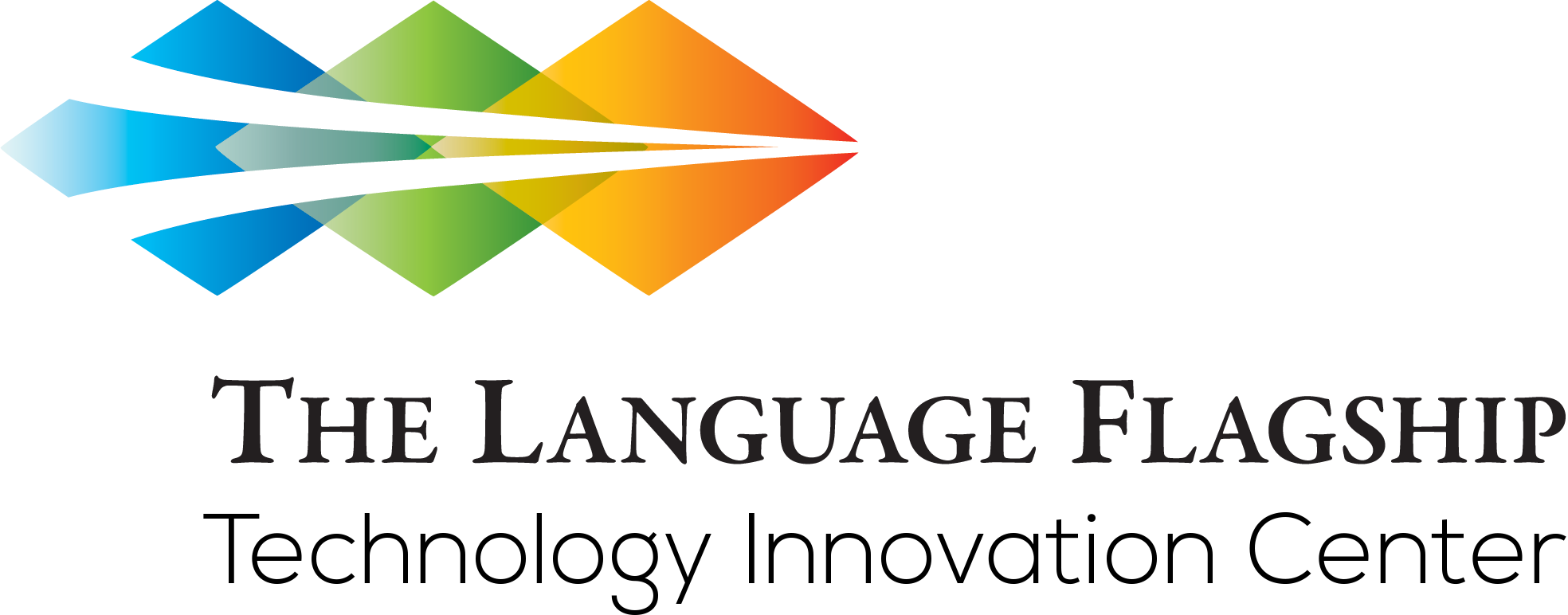Moroccan Arabic and Culture Courses

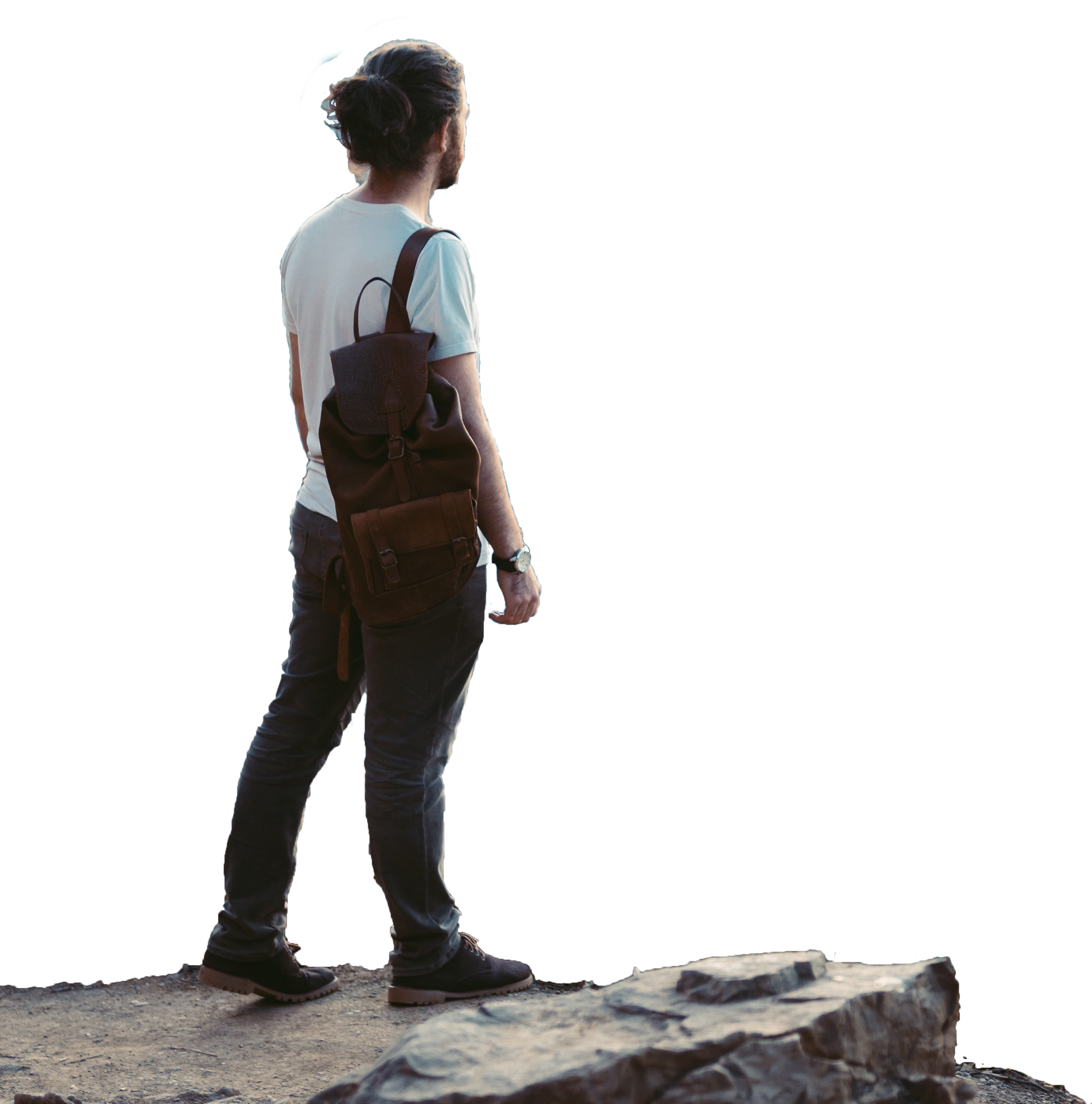
Model Blended Learning COURSES
In an effort to increase opportunities for Flagship students in Arabic programs to improve their proficiency and cultural knowledge in Moroccan Arabic (Darija), the Tech Center collaborated with the Arabic Language Flagship program at the University of Arizona to develop and pilot a shareable online course in Moroccan Arabic (Darija). The courses, designed in a modular format, emphasize themes essential for daily and professional communications. Their open Creative Commons licensing makes it possible for multiple Language Flagship programs to use the course content. Although designed for blended learning experiences, the courses may also be used as standalone credit courses or in various other contexts, such as in tutoring sessions or as part of other courses.
How it started: The needs assessments
Flagship program visits have helped the Tech Center better understand the particular needs associated with each Flagship language and how technology might help meet those needs. In the specific context of Arabic Flagships, students have expressed the need for more exposure to the Moroccan dialect to prepare for their study abroad and Capstone year experience in Morocco. In an effort to help the Tech Center and the Arabic Flagship Program at the University of Arizona identify linguistic, cultural, and instructional resources needed for Flagship students before their first study abroad or before their capstone year in Morocco, needs assessments were conducted with key stakeholders, including members of the Arabic Council, and students, teachers and coordinators in the Arabic Flagship programs. The needs assessments identified seven major themes: family life, school life, relationships, transportation, daily needs, professional, and safety. Topics, scenarios, and situations related to each theme were also identified, along with other important input regarding preferred delivery format, key learner characteristics, and program requirements.
Instructional design and technology integration
The instructional design of the course was elicited from the rich pedagogical experience and content knowledge of the course authors and the instructional technology expertise of the Tech Center team. Through various meetings and discussions, the Tech Center assisted in the conceptualization of the main components and finalization of the technology integration plan for the course. In particular, the course development team decided to leverage existing authentic target language video materials “in the wild” and build the instructional content, activities, and assessments around them. The course authors devoted considerable time in searching, curating, and examining the authentic Darija content in various formats (TV shows, documentaries, movies, etc.) from the Internet, and created notes and exercises based on specifically selected clips. To enhance students’ learning experience and optimize interactivity in the course, the Tech Center utilized H5P, the interactive content authoring tool, to create interactive videos, presentations, and activities based on the selected authentic video materials. Moodle is used as the Learning Management System to host and deliver the course content, and provide learner analytics.
The course development team
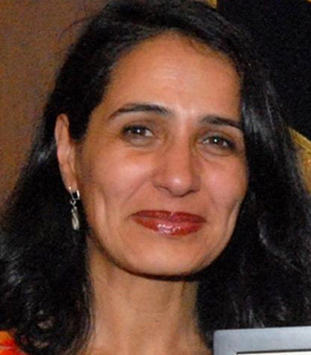
Sonia Shiri, PhD
University of Arizona
Co-author and project lead
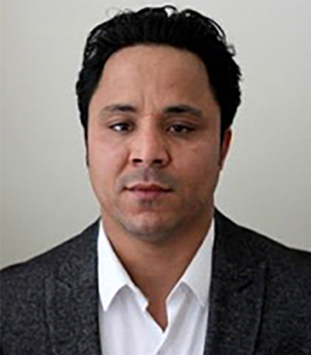
Abdessamad M’barki, PhD
University of Arizona
Co-author and project consultant
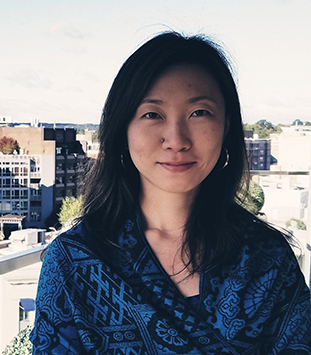
Naiyi Xie Fincham, PhD
University of Hawai‘i at Mānoa
Project lead
Instructional design and technology integration lead
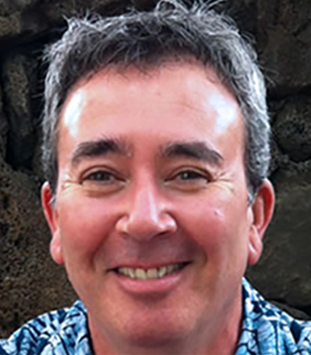
Julio C Rodriguez, PhD
University of Hawai‘i at Mānoa
Instructional design and technology integration lead
Director and PI, Language Flagship Technology Innovation Center
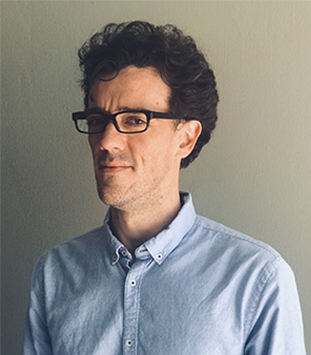
Aitor Arronte Alvarez, PhD
University of Hawai‘i at Mānoa
System architecture and management
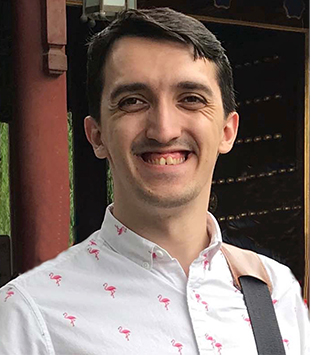
Denis Melik Tangiyev
University of Hawai‘i at Mānoa
Instructional design and technology integration assistant
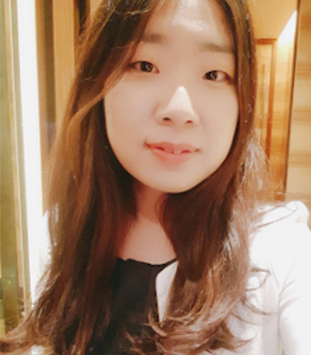
Yoonsun Choi
University of Hawai‘i at Mānoa
Instructional design and technology integration assistant
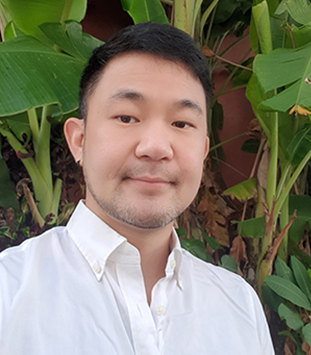
Young Chun
University of Hawai‘i at Mānoa
Instructional design and technology integration assistant
Testimonials

Gretchen Margaret Gaebler
Majors: Public Health, with minors in Biochemistry and Arabic.
Graduation year: 2021
“…It was an absolutely fantastic experience getting to learn Darija from you, and just learn so much more about the culture and actually feel vaguely comfortable going to Morocco now and hopefully being able to slightly hold my own, and I can’t thank you enough for that!”
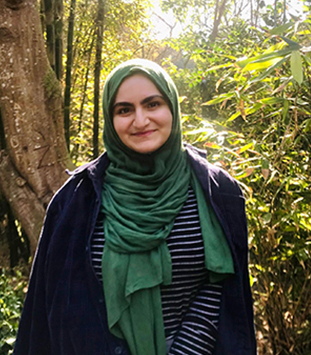
Mai Naji
Majors: Linguistics, Arabic, and Middle Eastern and North African Studies
Graduation year: 2021
“As a Flagship capstone student who did not do the summer program, the Moroccan Darija class set me on par linguistically with my peers who did do the summer program. When I had to take a taxi alone for the first time, I couldn’t believe how readily available all the words were in my brain. The in class practice and the Darija skits saved me tons of time and energy in navigating my way around Morocco during the capstone. I cannot stress how useful and critical this course is for Flagship students.”
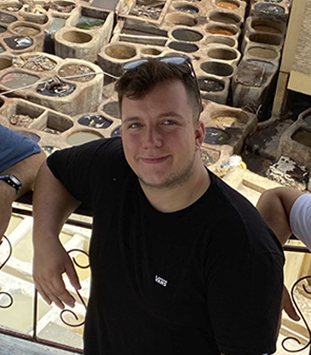
Michael Sauer
Majors: Political Science with an emphasis in international relations, Arabic studies, and minored in German studies.
Graduation year: 2020
“When I first got to Morocco I realized how important it is to speak a dialect. Arabic is a rather general term to refer to a shared language amongst over 313 million people. Specifically, Moroccan Arabic (Darija) is extremely important as it is the language of the Arab Maghreb.
My first few weeks were difficult in Morocco as I had little to no Darija experience. Taxi rides and local bartering were difficult as I was bound to Fusha. However, after my first summer in Morocco, I studied Darija formally and informally to prepare for my next year in Morocco.
Upon my return to Morocco, I had studied Darija for a year in a classroom setting and I felt highly prepared for the year ahead of me. Moroccan culture is already extremely warm and welcoming. Once people realized I could speak Darija at a smooth, conversational level, they no longer treated me like a foreigner. Even though I appear to be a tourist, my language skills have allowed me to fit into Moroccan society as if I were Moroccan.”
This course was created with support from The Language Flagship Technology Innovation Center. The development of this course was funded under a grant from the Institute of International Education (IIE), acting as the administrative agent of the Defense Language and National Security Education Office (DLNSEO) for The Language Flagship.
The Language Flagship is a national initiative to change the way Americans learn languages through a groundbreaking approach to language education through a network of programs at institutions of higher education across the United States. The Language Flagship graduates students who will take their place among the next generation of global professionals, commanding a superior level of proficiency in one of ten languages critical to U.S. national security and economic competitiveness.
This website has been developed and is maintained by The Language Flagship Technology Innovation Center. The content of this website and of the Moroccan Arabic Course do not necessarily reflect the position of policy of the U.S. government. No official government endorsement should be inferred.
